The kibbutz movement stands as one of Israel's most distinctive social and economic experiments, a unique blend of socialism, Zionism, and agricultural pioneering that shaped the nation's early development. These collective communities, where members shared everything from child-rearing to profits, represented both an ideological statement and a practical solution to the challenges of settling a harsh land.
A radical vision takes root
Emerging in the early 20th century among young Jewish immigrants inspired by socialist ideals, the first kibbutz - Degania - was established in 1909 near the Sea of Galilee. These idealists sought to create not just farms but entirely new social structures where the Marxist principle "from each according to his ability, to each according to his needs" would govern daily life. Members ate together in communal dining halls, children slept in separate houses rather than with parents, and all major decisions were made by democratic vote.
The early kibbutzim faced extraordinary hardships - malaria-infested swamps, rocky soil, and hostile neighbors. Yet the movement flourished, with kibbutzim strategically established along borders and in arid regions where few wished to settle. By Israel's independence in 1948, over 24,000 people lived on 177 kibbutzim, representing 6% of the Jewish population but providing most agricultural output and a disproportionate number of military and political leaders.
The golden age of collectivism
During Israel's first three decades, kibbutzim became showcases of the country's pioneering spirit. Visitors marveled at lush fields blooming in the desert, children growing up with unusual independence, and communities where no one locked doors because private property barely existed. The kibbutz produced Israel's first prime minister (David Ben-Gurion, from Sde Boker) and provided over 15% of Knesset members despite their small numbers.
Economically, kibbutzim diversified from pure agriculture into manufacturing - producing everything from drip irrigation systems to processed foods. The most successful developed industrial enterprises that exported worldwide while maintaining their communal structures. Culturally, they became known for folk dances, singalongs, and a distinctive Hebrew slang that blended Russian revolutionary terminology with biblical phrases.
A system under strain
The 1980s brought crises that would transform kibbutz life forever. Hyperinflation left many deeply indebted after over-expansion. Younger generations chafed at restrictions, wanting to pursue education and careers beyond the collective. Most painfully, the socialist dream collided with human nature - the hardest workers grew resentful of supporting those contributing less, while the most talented often left for greater opportunities elsewhere.
By the 1990s, many kibbutzim faced bankruptcy. The government bailout came with strings attached - requiring economic reforms that began dismantling the pure collectivist model. Gradually, dining halls closed, children returned to sleeping at home, and differential salaries replaced equal allowances. Today, fewer than 40 of Israel's 250 kibbutzim maintain traditional communal living.
Reinvention in the 21st century
Rather than disappearing, most kibbutzim have transformed into hybrid communities combining collective elements with private enterprise. Many now include non-member residents who buy homes without participating in communal life. Industrial parks and high-tech ventures generate more income than agriculture. Some have become upscale rural suburbs, their socialist past preserved mostly in museums.
Yet the kibbutz spirit endures in unexpected ways. The communal child-rearing model inspired Israel's network of daycare centers. Kibbutz-developed drip irrigation feeds the world. And the experiment's legacy lives on in thousands of Israelis who grew up valuing community, equality and connection to the land - even as they've adapted those values to a market economy world.
The story of the kibbutz mirrors Israel's own journey from utopian collectivism to globalized modernity. What began as radical social engineering became both more and less than its founders imagined - less purely ideological, but more resilient and adaptable. The kibbutz no longer represents Israel's economic future, but it remains an indelible part of its soul.
Cultural impact beyond economics
Beyond their agricultural and industrial contributions, kibbutzim profoundly shaped Israeli culture. The informal, blunt communication style known as "dugri" speech originated in these close-knit communities. Kibbutz-born writers like Amos Oz and David Grossman became literary giants exploring the complexities of Israeli identity. The concept of "tikkun olam" (repairing the world) that many American Jews associate with progressive causes actually stems from kibbutz ideals of social justice.
The kibbutz movement also pioneered gender equality in surprising ways. While early kibbutzim maintained traditional gender roles in practice despite egalitarian rhetoric, later generations of women transformed expectations. Today, kibbutzim produce a disproportionate number of female military officers and tech entrepreneurs, a legacy of communities that - however imperfectly - challenged patriarchal structures decades before mainstream Israel.
Global fascination and misinterpretations
International observers often romanticize or misunderstand kibbutzim. Western leftists sometimes imagine them as pure Marxist communes, ignoring their Zionist foundations and military roles. Critics wrongly portray them as elitist or racist, despite Arab members and outreach programs. In reality, kibbutzim reflect Israel's complexities - simultaneously idealistic and pragmatic, inclusive yet particularistic.
The kibbutz volunteer program, which brought hundreds of thousands of young foreigners to experience collective life, created unexpected cultural bridges. Former volunteers include Nobel laureates, celebrities, and ordinary people whose time picking avocados or packing electronics gave them unique insights into Israeli society. Many returned home with lasting connections and more nuanced views of the Middle East.
Future possibilities
As Israel grapples with wealth inequality and social fragmentation, some see renewed relevance for adapted kibbutz principles. Urban kibbutzim attempt to recreate community bonds in cities. Eco-villages incorporate environmentalism into collective living. Most intriguingly, high-tech cooperatives are experimenting with applying kibbutz-style collaboration to startups - suggesting the movement's innovative spirit may yet inspire new economic models.
The original kibbutz dream - creating a perfect society through sheer will - could never fully succeed. But as a laboratory for social experimentation, its influence far exceeds its shrinking numbers. In an age of isolation and inequality, the kibbutz reminds us that human beings can build extraordinary things when they work as true communities - even if the results never match the blueprint.
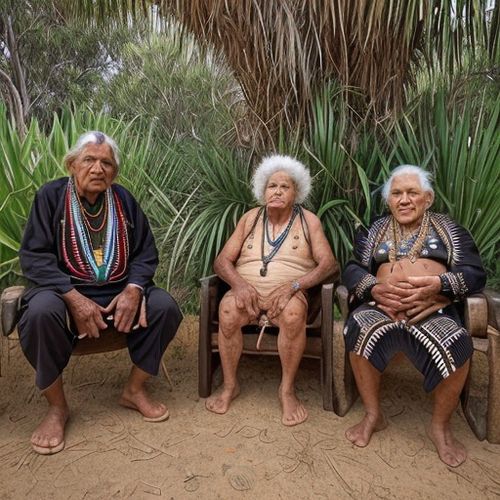
By Sophia Lewis/Apr 19, 2025

By Joshua Howard/Apr 19, 2025

By Laura Wilson/Apr 19, 2025

By James Moore/Apr 19, 2025

By Eric Ward/Apr 19, 2025

By Ryan Martin/Apr 19, 2025

By Elizabeth Taylor/Apr 19, 2025

By Samuel Cooper/Apr 19, 2025
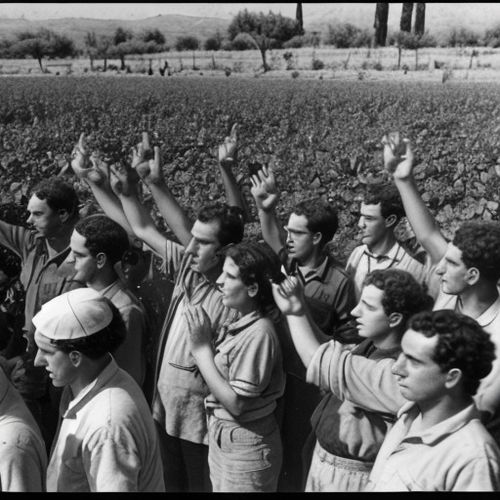
By Benjamin Evans/Apr 19, 2025
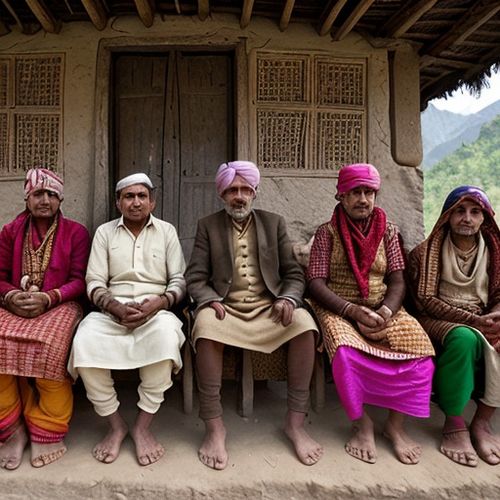
By Christopher Harris/Apr 19, 2025

By Olivia Reed/Apr 19, 2025
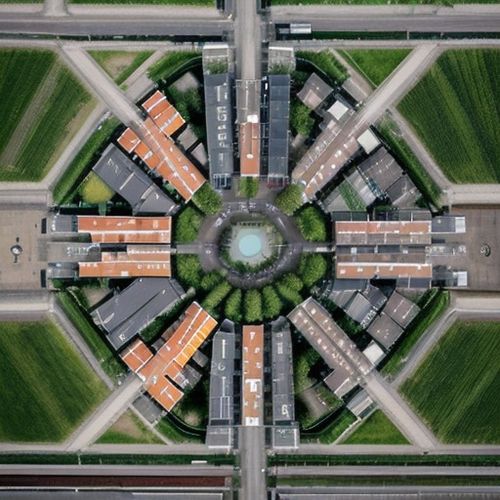
By Megan Clark/Apr 19, 2025
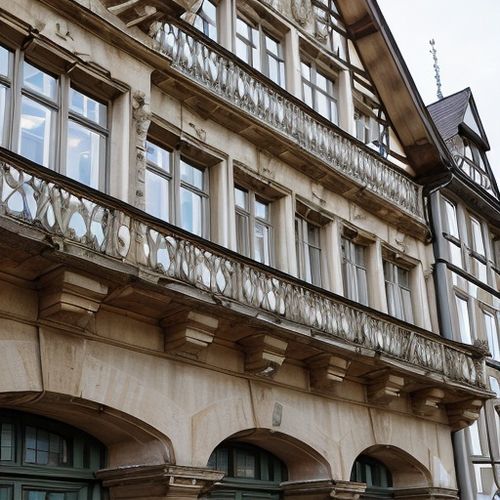
By Michael Brown/Apr 19, 2025

By William Miller/Apr 19, 2025

By Sarah Davis/Apr 19, 2025

By Joshua Howard/Apr 19, 2025

By Ryan Martin/Apr 19, 2025

By Eric Ward/Apr 19, 2025

By Jessica Lee/Apr 19, 2025
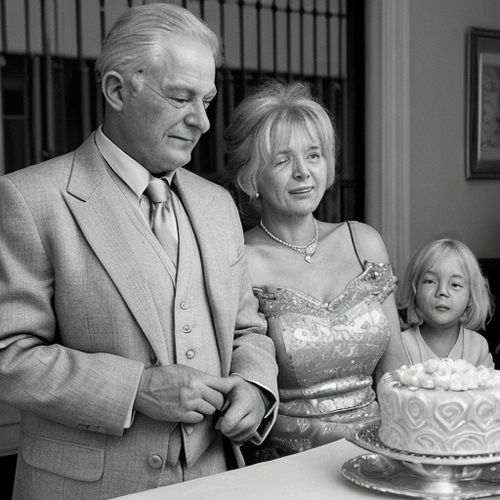
By David Anderson/Apr 19, 2025